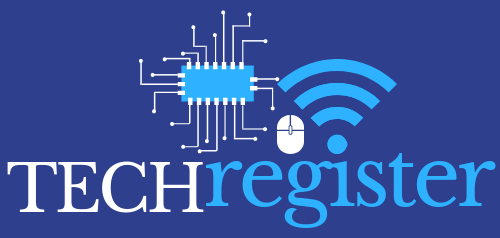WASHINGTON DC – This report characterizes the solid-state battery technologies, materials, market, supply chain and players. It assesses and benchmarks the available solid-state battery technologies, introduces most players worldwide and analyzes the key players in this field, forecasted from 2023 to 2033 over 10 application areas of 3 key technology categories for both capacity and market value. The report also analyzes the hype and hopes behind solid-state batteries, providing deep technological and business insights.
Conventional lithium-ion batteries based on graphite anodes, layered oxide cathodes (LCO, NMC, NCA) and liquid electrolyte have been ubiquitously adopted in our daily life, from small consumer electronics to large electric vehicles and stationary energy storage systems.
The requirement of decarbonization triggered electrification, further leading to the rapid growth of electric vehicle market, which has driven the development, manufacture and sales of batteries, especially lithium-ion batteries. Since their commercialization in 1991, lithium-ion batteries have had a dominant position in the battery market in various applications. In the meantime, due to their performance limitation, environmental consideration, and supply chain constraints, next-generation battery technologies are being researched, developed and commercialized. Among them, solid-state batteries have attracted the most attention, from research institutes, material providers, battery vendors, component suppliers, automotive OEMs, and venture capitals and investors.
The popular discussions on solid-state batteries have brought efforts both in academia and industry. With an increasing number of players working in this field and some milestones being achieved, a US$8 billion-market-size opportunity is potentially waiting for solid-state batteries.
Solid-state battery addressable market size. Source: IDTechEx
After years of development, a few solid-state batteries have been commercialized, with more under development. At the same time, with the continuous improvement of Li-ion batteries, there are discussions around which technologies are worth the resources and investment. There are hypes in solid-state batteries, as sometimes they are marketed as the definite replacement of conventional lithium-ion batteries. There are also pessimistic opinions, believing solid-state batteries are only in the lab and they won’t bring actual superior value propositions compared with existing lithium-ion batteries.
In addition, there is a tremendous number of players announcing their technologies being the game changer of the world, together with their commercial and manufacturing plans. Solid-state batteries differ from conventional lithium-ion batteries, from the materials used, cell design, system design, to supply chain establishment, manufacturing, and recycling. It is not a mature industry yet, leaving lots of unclear questions to answer.
This report is tackling these doubts around solid-state batteries, providing introduction, analysis, and insights from various angles such as technology, commercialization, supply chain, manufacturing, markets, and players.
Solid-state batteries enable a US$8 billion market opportunity by 2033.










